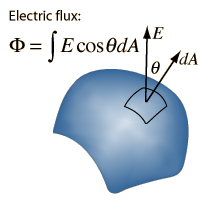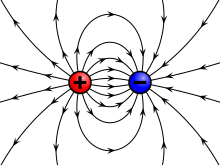Laws of friction : Force of friction between two surfaces obey the following laws :
1. Friction is an opposing force and comes into play, only, if the body is in motion or tending to move over the surface of another body.
2. Force of friction acts along the tangent to the two surfaces at the point of contact.
3. The force of friction acts in a direction opposite to the direction of motion of the body.
4. The force of friction is independent of the areas of the surfaces in contact.
5. The force of friction is directly proportional to the normal reaction between the two surfaces in contact i.e., f ∝ R
Co-efficient of friction : The ratio of the limiting (maximum) force of friction to the normal reaction is called co-efficient of friction.
The force of limiting friction which comes into play when a body is just to move over the surface of another body is directly proportional to the normal reaction i.e.,
f ∝ R
f = µR
where µ is constant of proportionality and is called the co-efficient of friction.
µ =f/R = Force of limiting friction/ Normal Reaction
It is a unites quantity and has different values for different pair of surfaces but obeys the inequality i.e., 1 >µ > 0 for all practical purposes.
1. Friction is an opposing force and comes into play, only, if the body is in motion or tending to move over the surface of another body.
2. Force of friction acts along the tangent to the two surfaces at the point of contact.
3. The force of friction acts in a direction opposite to the direction of motion of the body.
4. The force of friction is independent of the areas of the surfaces in contact.
5. The force of friction is directly proportional to the normal reaction between the two surfaces in contact i.e., f ∝ R
Co-efficient of friction : The ratio of the limiting (maximum) force of friction to the normal reaction is called co-efficient of friction.
The force of limiting friction which comes into play when a body is just to move over the surface of another body is directly proportional to the normal reaction i.e.,
f ∝ R
f = µR
where µ is constant of proportionality and is called the co-efficient of friction.
µ =f/R = Force of limiting friction/ Normal Reaction
It is a unites quantity and has different values for different pair of surfaces but obeys the inequality i.e., 1 >µ > 0 for all practical purposes.














